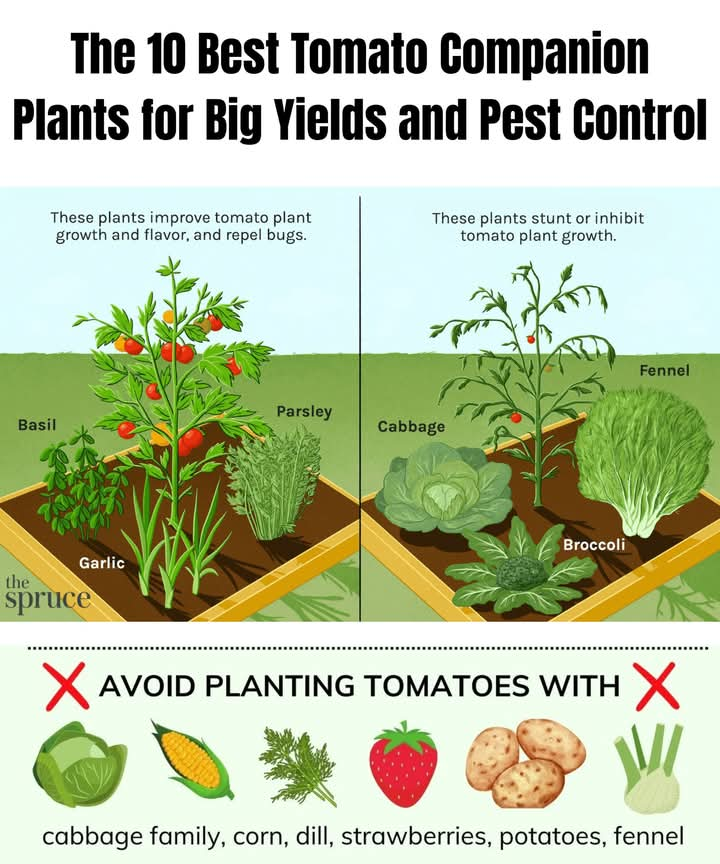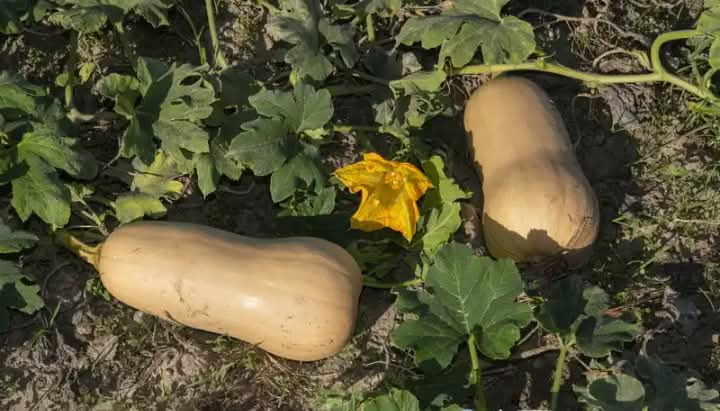How to Plant butternuts
How to Plant butternuts
Direct planting is the most recommended. Seeds are sown directly on the farm as it is economical. However, you can transplant already propagated seedlings.
A population of 7 – 9000 plants per acre is normally targeted. Planting holes are dug in a row spacing of 60 cm and between rows of 1.5m. Manure is added and mixed evenly in the soil to enable the feeder roots of the butternuts to absorb nutrients. It also helps improve water retention.
One or two seeds are sown shallowly per hole where germination takes place after seven to ten days. One butternut seed can develop 4 to 5 vines depending on variety and management.
Flowering
Flowering starts after 45 to 60 days after planting. Cross-pollination takes place. In most cases, female parts may sprout earlier than male parts, therefore, for effective pollination, it is recommended to plant one line of butternuts a week earlier or there be a presence of an existing butternut plantation within to facilitate the transfer of pollen grains during the flowering stage.
Weeding is done after every three weeks to keep fields as clean as possible.
Top dressing with DAP is done on the 14th day after sowing. NPK 17.17.17 is later top dressed on 30th and 60th day after transplanting. CAN is not applied as it can cause cracking of the fruits.
When to Harvest butternuts
Mature butternut turns yellow after 80 to 100 days, depending on the weather and feeding. Mature vines turn from green to brown while leaves might turn yellow. Harvesting is done by plucking the fruits along with the part of its vine (5 to 10 cm) that will aid in curing and longer storage.




